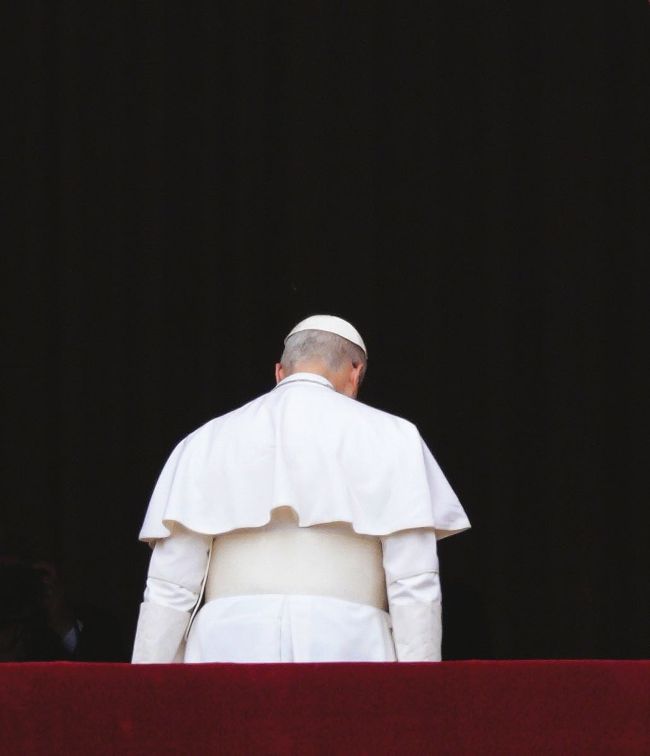HOW TO PICK A POPE
Follow the Vatican’s journey to appoint the next direct successor of Saint Peter
WORDSSCOTT DUTFIELD

Leo XIV leaving the balcony after leading a prayer
For 12 years, Pope Francis, previously known as Jorge Mario Bergoglio, sat at the head of the Catholic Church. However, following a stroke, the pontiff experienced heart failure and passed away on 21 April 2025. Along with global mourning, the death of the well-respected pope triggered the start of a long-held voting process known as a conclave. Within the Catholic Church, there are high-ranking clergy members, typically made up of bishops or archbishops, who advise the pope. These members are known as cardinals. There are currently 252 cardinals from 90 different countries. Along with being advisors to the pontiff, cardinals are the electing body for the next pope. However, only 135 of those cardinals were technically eligible to vote. Reforms to the election process by Pope Paul VI in 1970 dictate that cardinals who are 80 years old or over are ineligible to vote. In the case of the 2025 papal election, only 133 cardinals were able to vote, as two members were unable to travel to the Vatican City due to health reasons.
Did you know?
The longest a pope has reigned is 31 years
All eligible cardinals gather at the Sistine Chapel in the Vatican City before the doors are locked, and they remain there until a new pope is elected. Cut off from the outside world, each cardinal casts their vote one by one. Typically, the candidates for the next pope will be chosen from one of the voting cardinals. However, on some extremely rare occasions, a pope has been chosen from outside a conclave. The last time a pope was appointed without first being a cardinal occurred in 1378, when Italian priest Pope Urban VI was elected. There needs to be a two-thirds majority for a new pope to be selected. If this isn’t achieved in the first round of voting, then cardinals continue voting in rounds until a majority is reached. There’s a maximum of four voting rounds per day, but there’s no limit to how long a conclave can last. The shortest was held in 1503, when it took cardinals just ten hours to elect Pope Julius II. The longest dragged on for almost three years before the conclave came to a majority to elect Pope Gregory X in 1271.